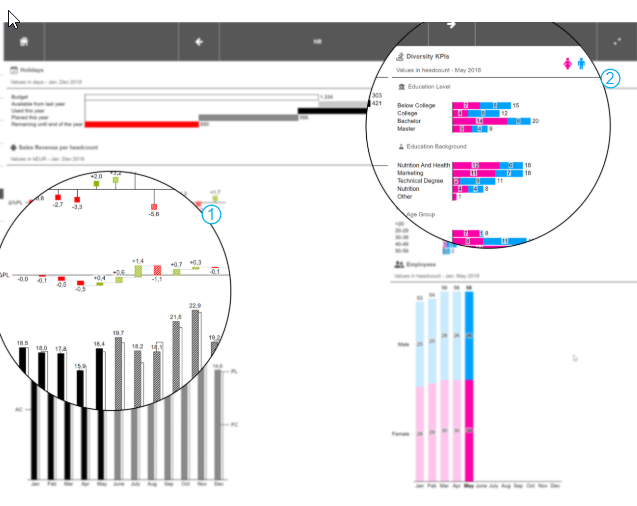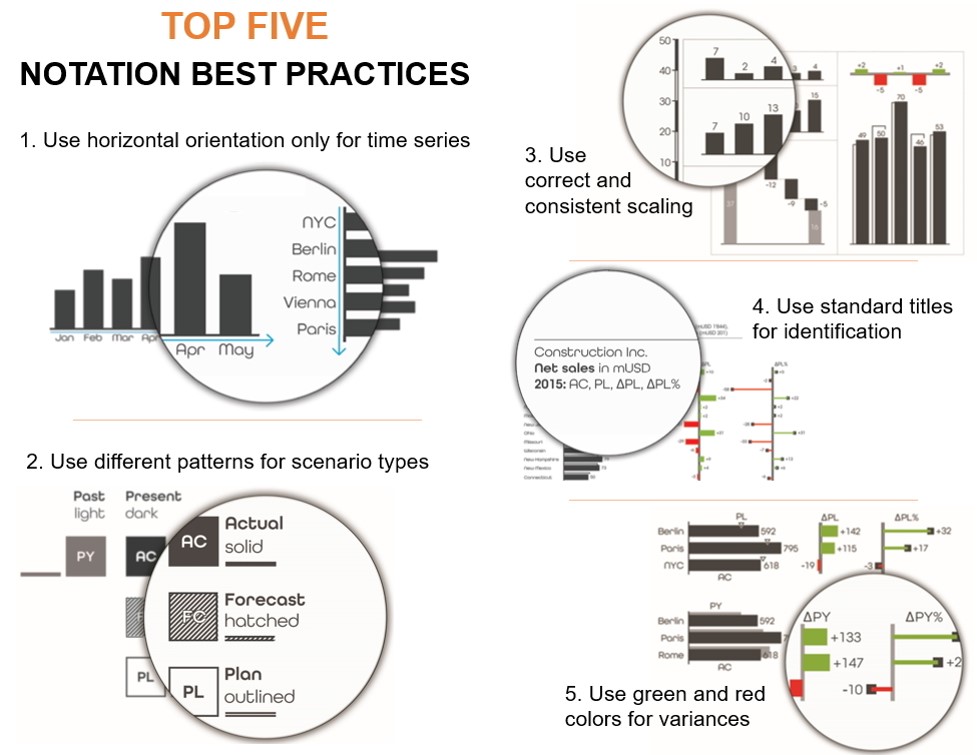Collaborative Business Intelligence - Data is King, this King could be lethal
Many businesses struggle to arrive in the digital age
Dealing with data can become a liability
Editorial: Human-to-Human dialog is still very important
The most important reason is, that while integrating, visualizing and sharing data, it is common to underestimate the key resource: the human factor. Human-to-Human dialog is often undervalued, where human communication continues to be very important.
Miscommunication in data management and business intelligence leads to significant inefficiencies and mistakes. This challenge became even more obvious during the current global pandemic where teams need to collaborate more and more in remote setup utilizing a digital infrastructure.
1. Modern Collaborative Business Intelligence must be Data-Point-Depended
In times where automation becomes the flavor of the month and machine learning and artificial intelligence are key trends, the data-point-specific human-to-human dialog is essential in delivering any data driven business strategy.
Misinterpretation of the information or miscommunication between different parties in any data-point specific dialog can lead to significant mistakes and misjudgment – e.g. a top management team discussing the quarterly results of a company.
Misinterpretation of important data-points can lead to strategic mistakes which can result in opportunity cost or negative real cost impact for a company.

Collaborative Business Intelligence Is Data-Led
Bastian Lossen, Chairman of TRUECHART

“During data-specific manage-ment or other business conversations common and highly valued communication tools like Zoom, Slack, Microsoft’s Teams or Skype have limitations.
What is missing is the possibility to link the conversation to one specific data-point. This data-point-specific conversation would reduce the scope of interpretation.
Misinterpretation of the information or miscommunication between different parties in any data-point specific dialog can lead to significant mistakes and misjudgment. This can lead to to strategic mistakes.”
Linking conversation to one specific data-point reduces the scope of interpretation
2. Standard Data Visualization reduces interpretation mistakes and makes the data-dialog more effective and efficient
One additional gap in many data-related reports is that data is not visualized clear enough. Business Intelligence Tools like PowerBI, Qlik or in the broadest sense Excel are very limited regarding standard visualizations and chart-led data representation. E.g. scaling is not correct and consistent, use of colors is not standardized, title concepts are missing, etc.

The most successful data visualization rules are made available by the IBCS Institute.
They developed the free International Business Communication Standard (IBCS®). The IBCS Institute is training institute, and certification body of the Creative Commons project called IBCS®. Although established in 2004, the company roots back to the 1980s, when Rolf Hichert worked as a consultant at McKinsey & Company.
Today, the IBCS® Institute, hosting the IBCS® project, giving IBCS® training courses, acting as the IBCS® certification body, and providing educational material on IBCS®. Implementing such a clear and valuable standard is very difficult using current leading BI tools. Standardization of data analysis does increase clarity and improves data literacy in any company.
3. Smart API-Strategies offer necessary integration of Communication and Business Intelligence tools
Current communication & collaboration tools and business intelligence & analytic solutions lack integration.
The data-specific dialogue must happen where the data sits – within the Business Intelligence tool – and must be data-point specific. If the communication tool is platform independent, it can become the driver for a multi and - if needed - even a cross-platform strategy.
Implementation of a smart security layer, definition of access rights and restrictions
A smart security layer concept is key
4. Data Management Process = ‘enterprise-readiness’
Open communication and dialog are important, but Collaborative Business Intelligence also needs to restrict the access to sensitive data. Therefore, it is not so simple to enable a compliant data-point specific human-to-human dialog across teams and hierarchy levels. Internal and external confidentiality and data restriction rules for complex organizations make it necessary to implement a smart security layer, defining access rights and restrictions on an individual or team level/basis.
To improve efficiency and effectiveness, a modern Collaborative Business Intelligence system must be implemented along defined processes and rules which accelerate collaboration processes e.g. via automated notifications.
Especially, in financial reporting it is necessary to record and secure individual inputs and to audit results. This supports compliance in relationship to internal and external stakeholder needs.

TRUECHART is Collaborative Business Intelligence
All challenges described
1. the data-point-specific dialog,
2. the standardization of data visualization (via IBCS®)
3. the platform integration and independence
4. the secure Data Management
are uniquely delivered by TRUECHART.

